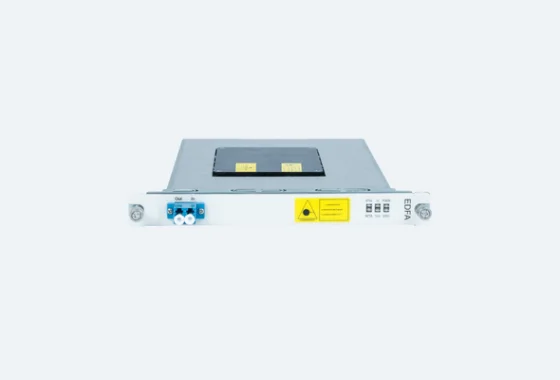In today's interconnected world, effective communication plays a pivotal role in every aspect of our lives. From personal relationships to business interactions, the ability to convey ideas and information efficiently is essential. In this blog post, we will explore the top 10 most widely used forms of communication, revolutionizing the way we connect and collaborate in the digital age.
- Instant Messaging:
Instant messaging (IM) has transformed the way we communicate, enabling real-time conversations across various platforms. With applications like WhatsApp, Facebook Messenger, and WeChat, individuals can exchange messages, share multimedia content, and even make voice and video calls effortlessly. - Email:
Despite the rise of instant messaging, email remains a fundamental form of communication, particularly in professional settings. Its versatility, formal tone, and ability to send attachments make it indispensable for business correspondence, project collaboration, and document sharing. - Video Conferencing:
Video conferencing has revolutionized remote collaboration, allowing individuals and teams to connect face-to-face regardless of geographical barriers. Platforms like Zoom, Microsoft Teams, and Google Meet have become indispensable tools for virtual meetings, webinars, and online training sessions. - Social Media:
Social media platforms such as Facebook, Twitter, Instagram, and LinkedIn have transformed the way we communicate and share information. These platforms facilitate instant communication, content sharing, and networking on a global scale, bridging gaps between individuals, communities, and businesses. - Voice Calls:
Traditional voice calls, although overshadowed by other digital communication methods, remain a widely used form of communication. Mobile and landline calls provide a direct and personal connection, ensuring effective communication in situations where other methods may not be available or suitable. - SMS/MMS:
Short Message Service (SMS) and Multimedia Messaging Service (MMS) continue to be popular means of communication, especially for brief and urgent messages. SMS is widely used for personal and business purposes, while MMS allows the exchange of multimedia content such as photos, videos, and audio files. - Collaboration Tools:
Collaboration tools like Slack, Microsoft Teams, and Google Workspace have revolutionized teamwork and project management. These platforms offer real-time messaging, file sharing, task management, and integration with other productivity tools, enhancing communication and productivity within organizations. - Voice over Internet Protocol (VoIP):
VoIP technology enables voice communication over the internet, providing cost-effective alternatives to traditional phone systems. Services like Skype, WhatsApp Calling, and Viber allow users to make voice and video calls worldwide, leveraging internet connectivity. - Web-based Forums and Communities:
Web-based forums and communities provide platforms for like-minded individuals to connect, discuss, and share information on specific topics. Websites such as Reddit, Quora, and Stack Exchange foster communication, knowledge sharing, and problem-solving within niche communities. - Webinars and Online Events:
Webinars and online events have gained immense popularity, offering interactive platforms for knowledge sharing, training, and networking. Platforms like Webex, GoToWebinar, and Eventbrite enable individuals and organizations to host and participate in virtual conferences, workshops, and seminars.
Conclusion:
The evolution of communication technology has revolutionized the way we connect, collaborate, and share information. From instant messaging and video conferencing to social media and webinars, the top 10 most utilized forms of communication have transformed our personal and professional lives. By embracing these tools, we can enhance productivity, foster meaningful connections, and bridge gaps in communication, ultimately shaping a more connected and efficient world.



